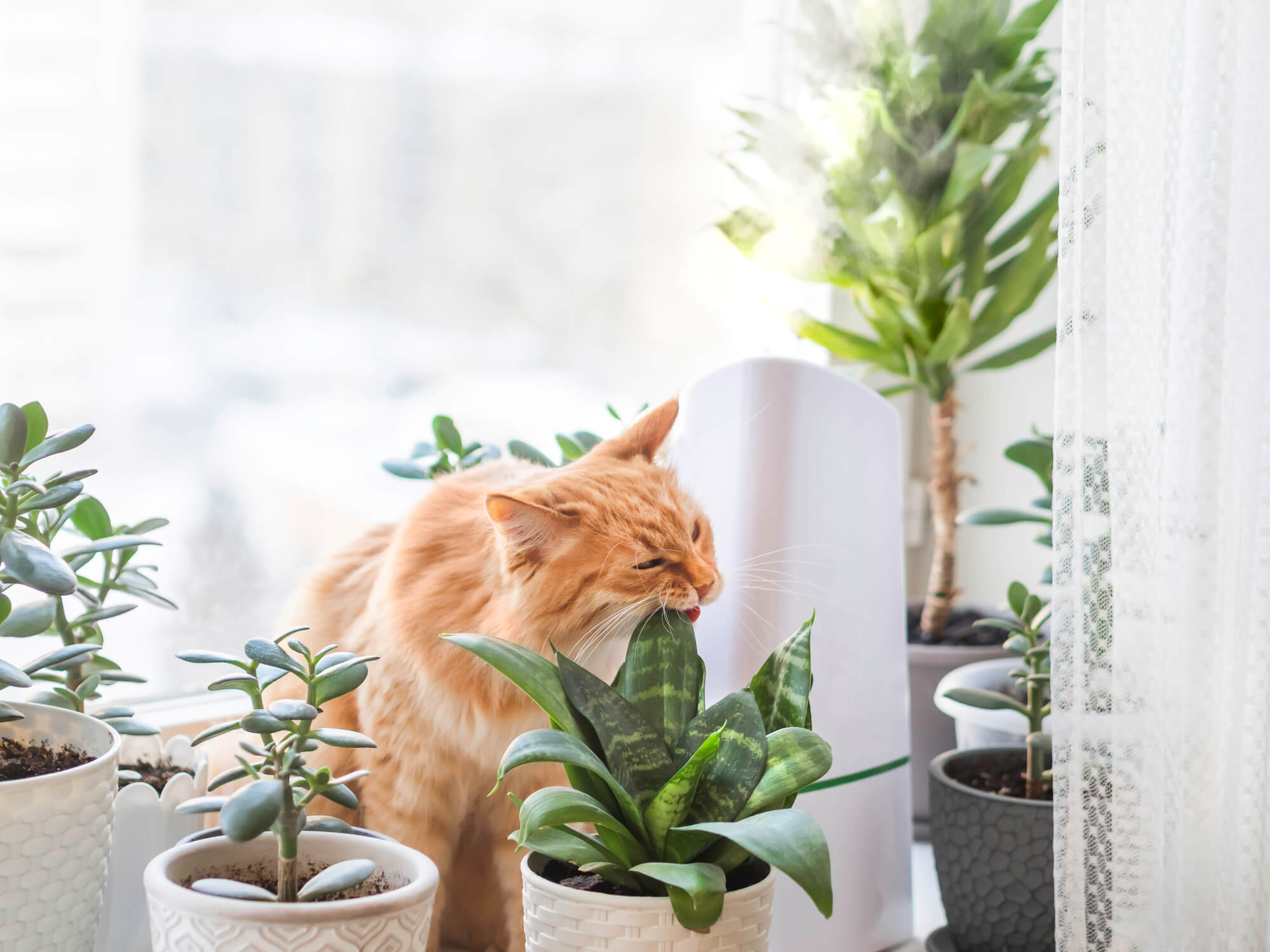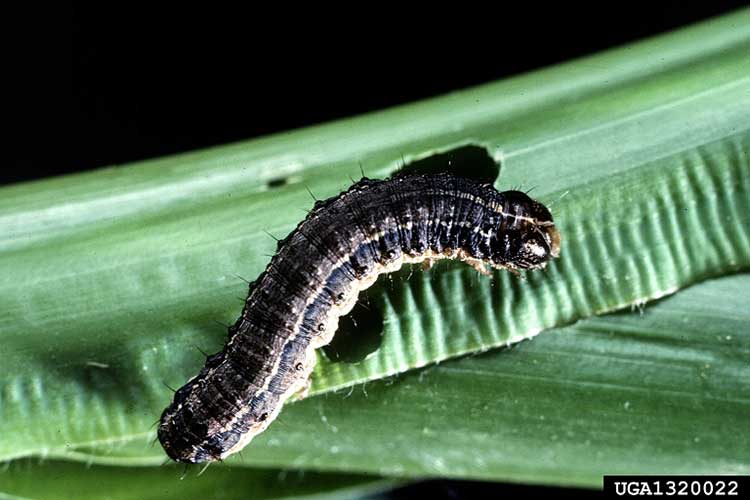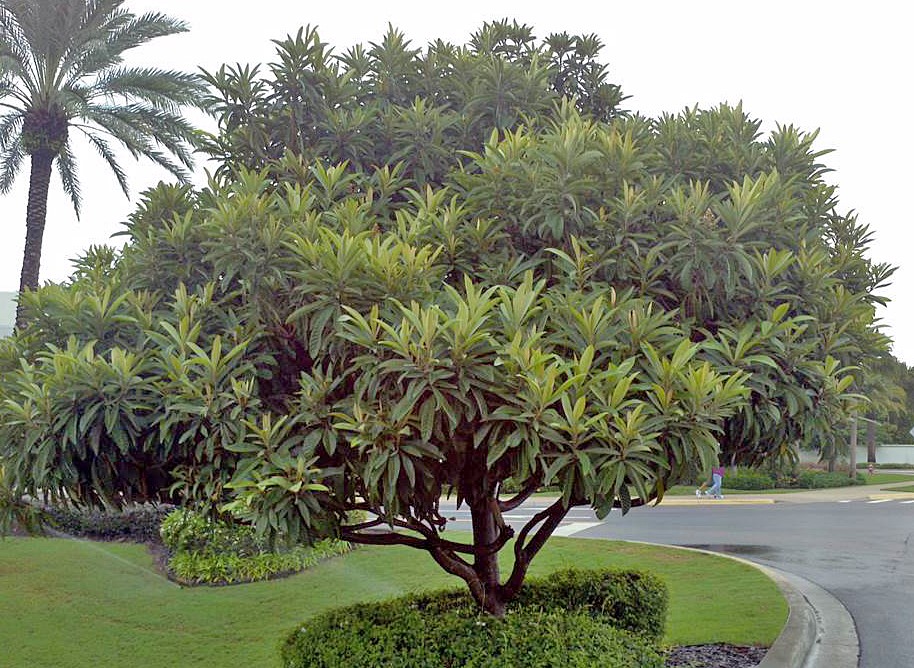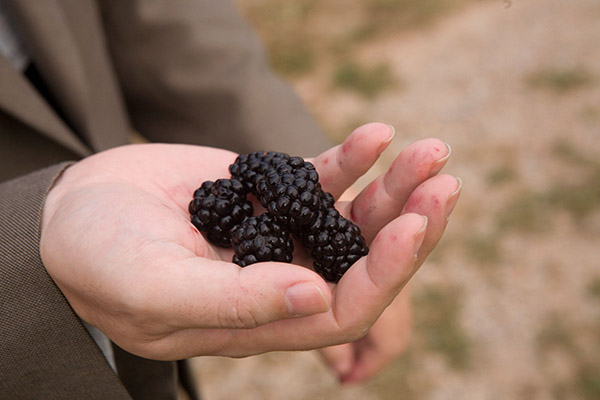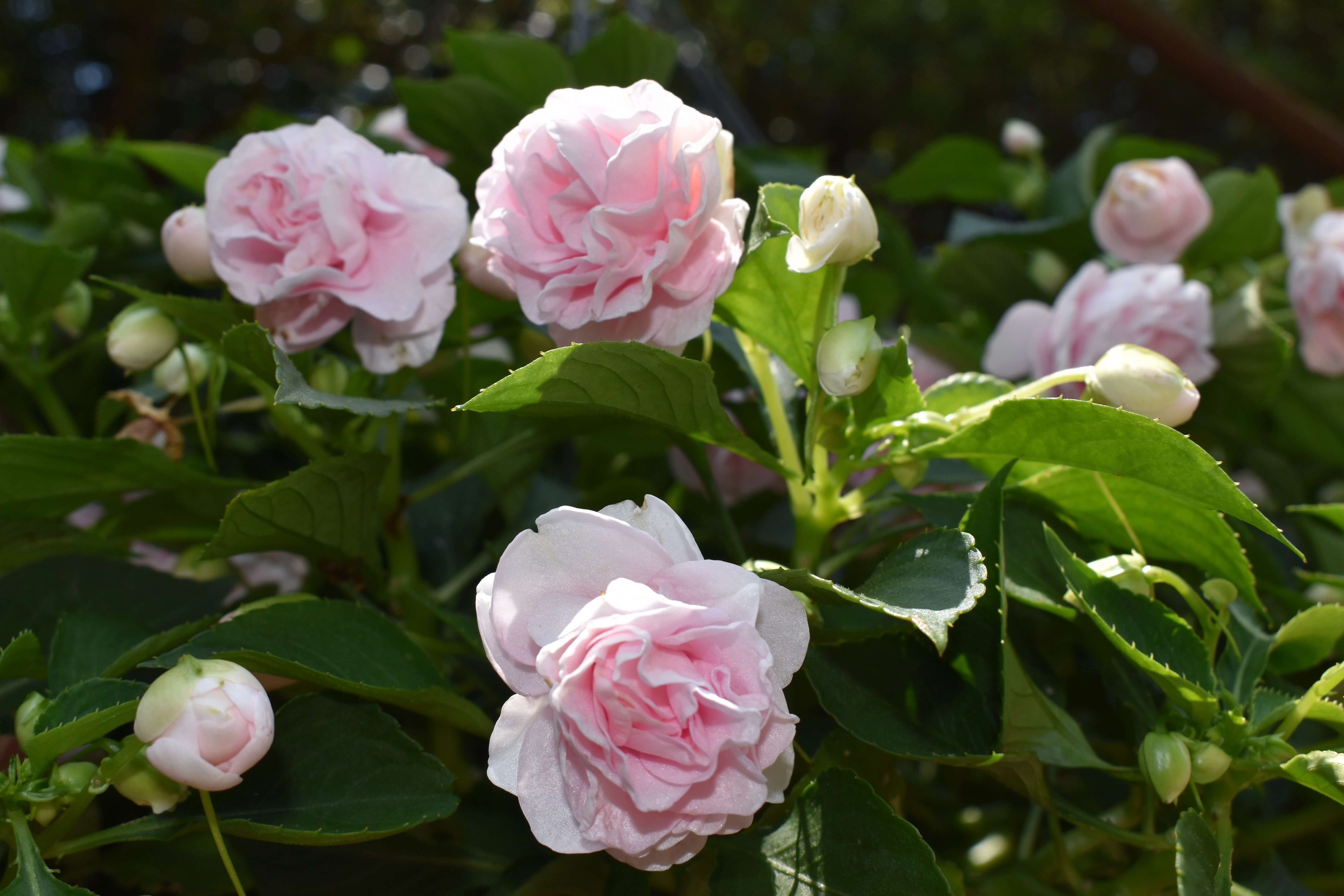 CAES News
CAES News
2022 Classic City Awards
The Trial Gardens at the University of Georgia recently announced the 12 2022 Classic City Awards winners from 400 entries this year. Over the summer, the team monitored, maintained and judged the plants from 22 companies on a variety of factors that make them desirable.

.jpg)
